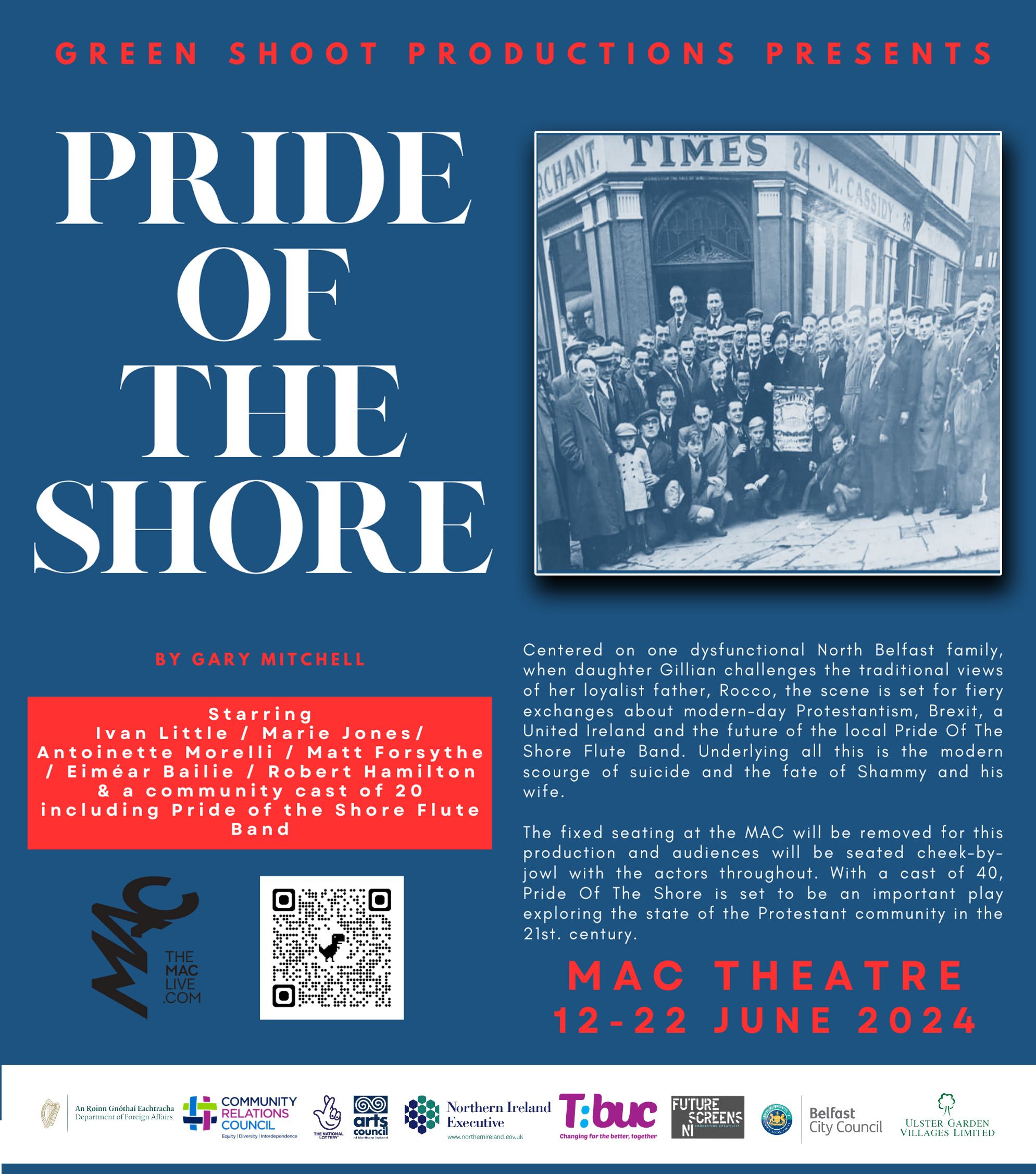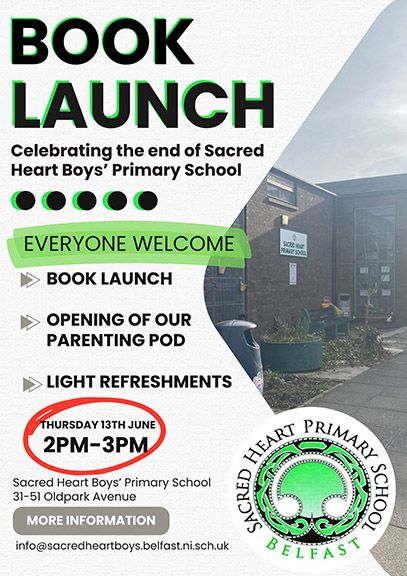THERE is an old Irish proverb which remains richly relevant to the present challenge facing all those who wish to see the Irish language reap the benefits promised in the Good Friday Agreement.
"An gad is deise don scórnach a ghearradh a' chéad uair" which translates, loosely, as "to cut the knot closest to the neck first" – in effect, 'first things first'.
For supporters of the Irish language, that should mean encouraging promotion of the Irish language in the heartlands of the revival where the Gaelscoil movement has taken root.

North Belfast boasts three Irish medium primary schools, West Belfast six and a tenth school, Scoil an Droichid, is in the Market. (Ironically, Carryduff is the only strong nationalist area not to boast an Irish medium school – an omission, some argue, that only the local GAA club can rectify by following the lead of Naomh Éanna in North Belfast which facilitated the growth of Scoil Éanna).
Coláiste Feirste on the Falls is, of course, the Primus inter Pares of the Irish school revolution – with over 900 pupils. Its natural expansion into North Belfast would have happened years ago but for the rearguard actions of Irish-speakers-under-every-bed unionist backwoodsmen.
These areas then represent the cockpit of the Irish language renaissance and it's here that the Irish language should not just be heard but be seen and promoted vigorously by government institutions.
Sadly, there are other no-go areas for Irish, including the National Trust's Belfast Hills, which should be a beacon for An Cheathrú Gaeltachta in its shadow.
That's not the case, of course. With the commendable exception of Translink, how many of the state agencies (our readers pay for with their taxes) use Irish signage on their branding or engage with customers in Irish? The PSNI? No chance. The Department of Infrastructure which is responsible for road signs and markers – from the new speed limits outside schools to the bus lane dividers? 'Fraid not. The Department of Health with its £7bn budget? Perhaps it could mirror the revival on its doorstep by introducing bilingual signage in the RVH, itself located in the Gaeltacht Quarter, or at the Ballyowen Health Centre, just yards from Busncoil Pobal Feirste where this linguistic miracle started over 50 years ago, or on its ambulances? Again, no, no and no.
Sadly, there are other no-go areas for Irish, including the National Trust's Belfast Hills, which should be a beacon for An Cheathrú Gaeltachta in its shadow.
We would argue that this provision of services to the burgeoning Gaeilge community is the 'knot closest to the throat'. Those responsible for public services should promote Irish speech and signage in areas where such displays are welcomed by the community.
The righteous battle for Irish signage in Olympia Leisure Centre is one which pits the growing, liberal and tolerant Belfast — of all persuasions and none — against the forces of yesterday who see everything through a dark and narrow prism of bigotry and betrayal. In this contest, the hope of all those who wish to see Belfast blossom as a model of peacemaking and progress is that the Council agrees to normalise the Irish language by ensuring signage in all centres respects the unique role of the Irish language in our society. Such a policy should, of course, extend to the Waterfront Hall and the International Exhibition Centre.
In the meantime, however, as the King Canutes try to push back the tides of history, let's cut the knots of negativity and nihilism, which reach their crescendo this week in 'Orange Fest' (sic), and allow the Irish language to blossom gloriously first on our doorstep. The children of the peace process, increasing numbers of whom are being educated through Irish, deserve no less.








